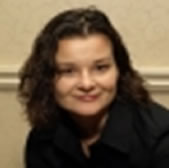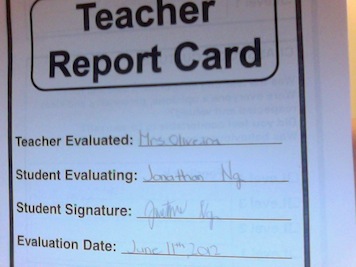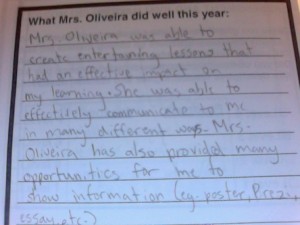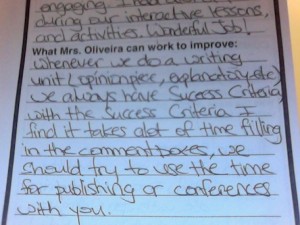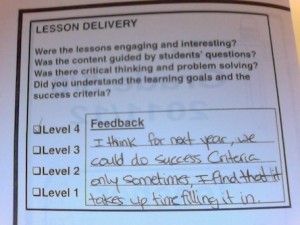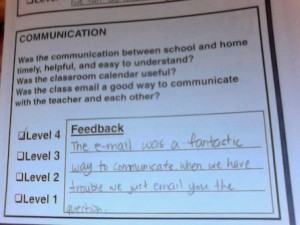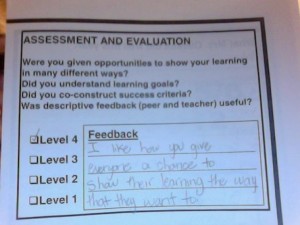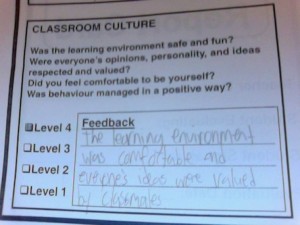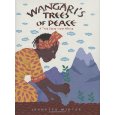If you would thoroughly know anything, teach it to others. –Tryon Edwards
As I headed into my classroom today to set up our learning environment for this year, I stood in the middle and looked around at the space which, in a few days, will be filled with curious faces wondering what this year will be like. A teacher candidate who was helping me mentioned that any advice I could give her would be appreciated because right now, it all seemed a bit overwhelming. I told her that there are a few things I have come to know for sure about teaching and learning and proceeded to share them with her. At the end of our conversation she had a big smile on her face and looked so much more at ease! The truth is, my advice was simple. Everyone knows it, but it’s sometimes forgotten as we go through our busy teacher lives! Here are a few things I shared with her:
1. Connect! Life and learning are about connections, to each other and to the world around us. If you put in the effort to really connect with your students and create learning opportunities where they explore the connections within the world around them through cross-curricular activities, the learning environment will be charged with an energy that keeps students engaged and willing to take risks as their learning progresses.
2. Start small. The journey to becoming a great teacher begins with mastering one aspect, topic, or subject at a time. Choose one (or if you’re very courageous, two) areas to focus on this year to really explore, practice, and begin to master. Become the best possible teacher in your chosen area of focus. Celebrate your learning and success!
3. Become resourceful. No one who has become great at what they do reached their peak without some guidance and support from mentors. Network and reach out to teachers, administrators, support staff and anyone else who may help you on your path of professional development. Contact the bloggers on our site! A useful resource is the “Heart and Art of Teaching and Learning” to get you started this year.
Teaching isn’t always easy. That’s a fact. But the journey is well worth it when you realize the potential you have to inspire students, parents, staff, and the community around you.
Below you will find a few items that may be useful for the start of the year (some of which appear in the “Heart and Art of Teaching and Learning” resource.
BT Building effective Classrooms
curriculum night information newsletter


